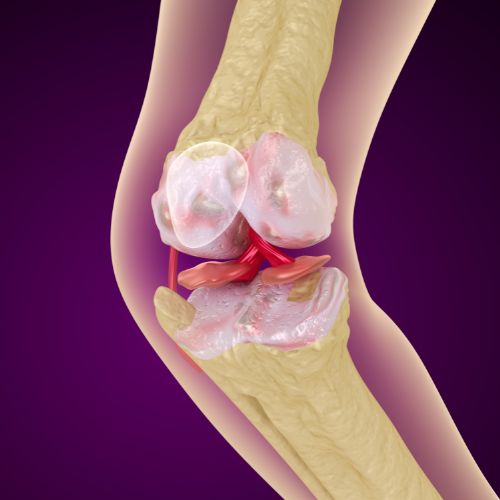Osteoporosis
What is Osteoporosis?
Osteoporosis is a condition of low bone mineral density. Our bones are always in a state of remodeling. When the rate of deterioration is faster than the rate of building, the bones become less mineralized and are more prone to break from minor falls or movements. There can be many factors that contribute to osteoporosis, so diagnosing and addressing reversible causes is one of the first steps in treatment.
There are usually no symptoms of osteoporosis until a fracture occurs. The most common fractures are at the hip, spine, and wrist.
The most common way to diagnose osteoporosis is with a DXA, or bone density test. This is like an X-ray that is done at the hips, spine, and occasionally forearm. The result is reported as a “T-score” or Z-score,” which are standard deviations from normal.
Aside from treating secondary causes, there are 3 main classes of medications to treat osteoporosis
- Bisphosphonates (Fosamax or alendronate, Boniva or ibandronate,etc)-these are weekly or monthly pills, or sometimes yearly injection, that work by slowing down the rate of bone breakdown so bone can naturally build back up
- Prolia (denosumab)-this is a twice-yearly injection given in the office that works similarly to bisphosphonates to slow down the breakdown of bone so the bone can build naturally.
- Forteo, Tymlos-these are daily injections that stimulate bone building

Conditions Addressed
Adrenal
Osteoporosis
Pituitary
Thyroid
Parathyroid
Polycystic Ovarian Syndrome (PCOS)
Menopause
- Symptoms: there are usually no symptoms of osteoporosis until a fracture occurs. The most common fractures are at the hip, spine, and wrist.
- Diagnosis: The most common way to diagnose osteoporosis is with a DXA, or bone density test. This is like an X-ray that is done at the hips, spine, and occasionally forearm. The result is reported as a “T-score” or Z-score,” which are standard deviations from normal.
- Treatment: Aside from treating secondary causes, there are 3 main classes of medications to treat osteoporosis
- Bisphosphonates (Fosamax or alendronate, Boniva or ibandronate,etc)-these are weekly or monthly pills, or sometimes yearly injection, that work by slowing down the rate of bone breakdown so bone can naturally build back up
- Prolia (denosumab)-this is a twice-yearly injection given in the office that works similarly to bisphosphonates to slow down the breakdown of bone so the bone can build naturally.
- Forteo, Tymlos-these are daily injections that stimulate bone building
